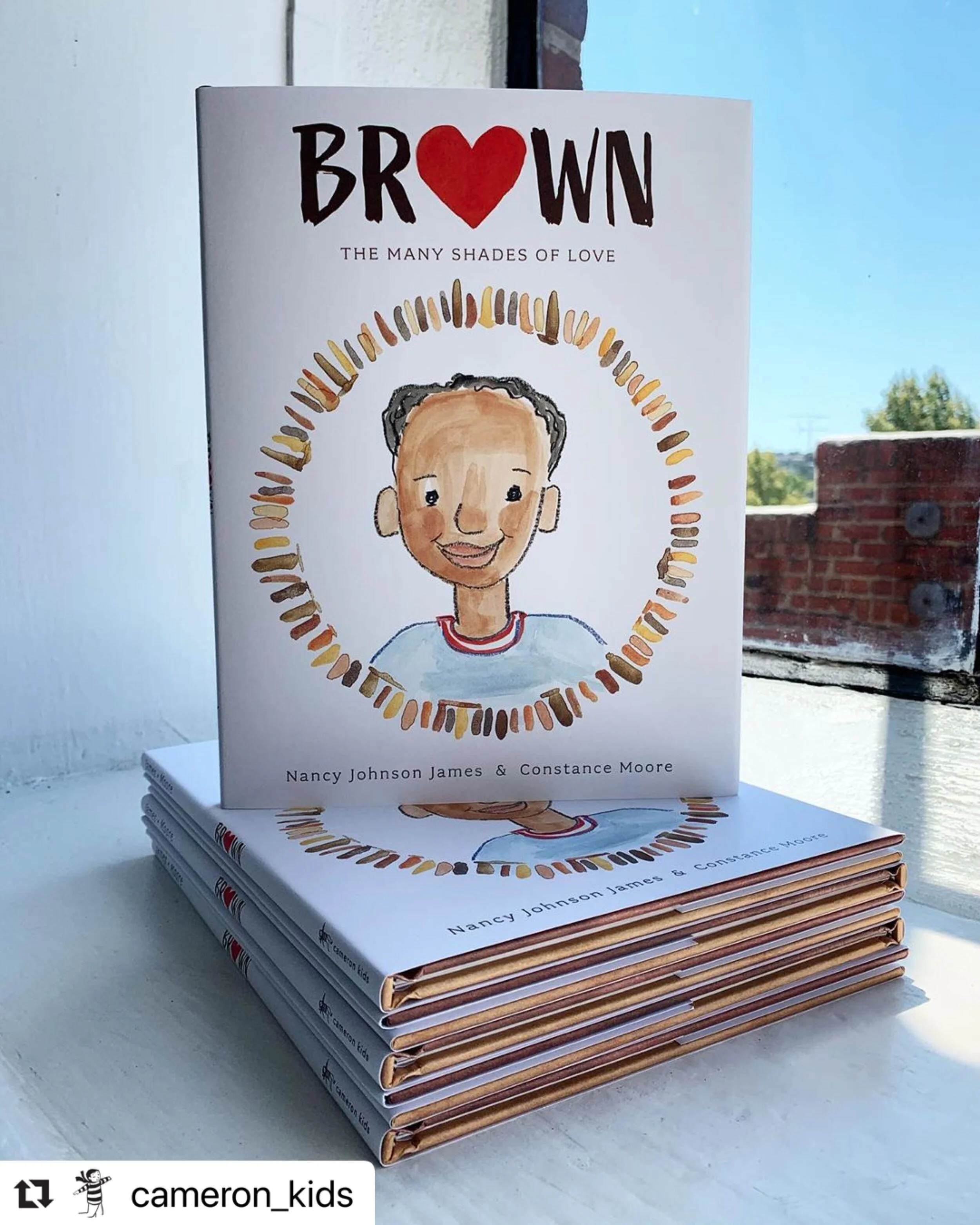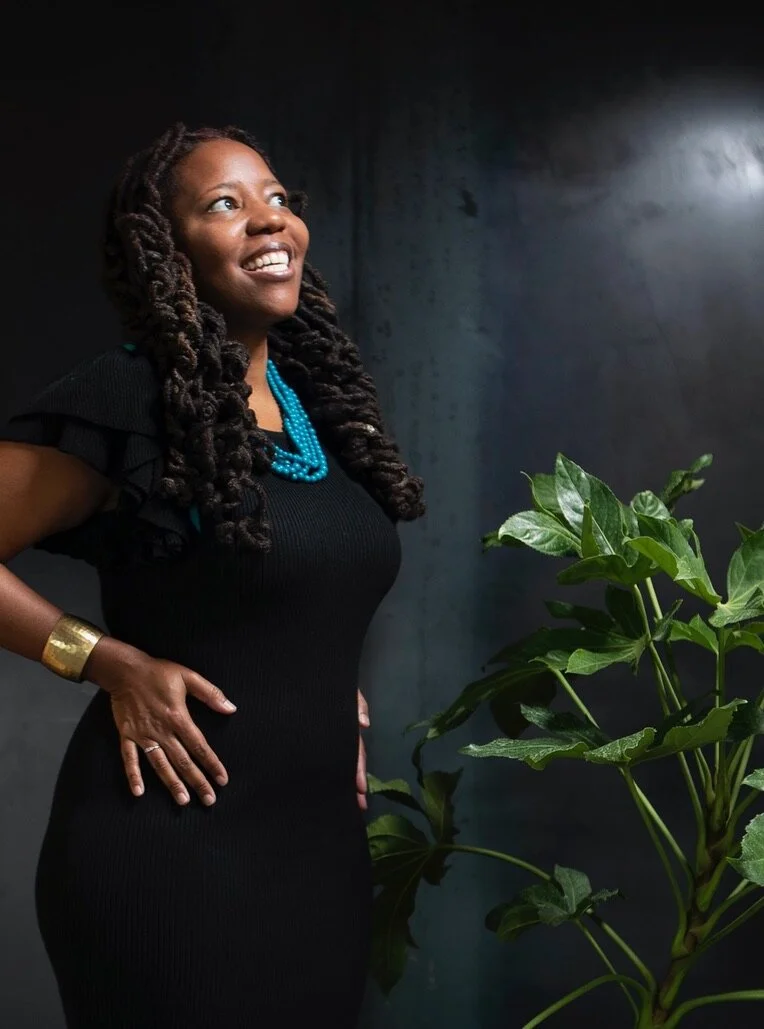I’m thrilled to have a second essay published in Sinister Wisdom, the lesbian literary journal that published early work of feminist giants Gloria Anzaldúa, Elana Dykewomon, Del Martin, Cherrie Moraga, Minnie Bruce Pratt, and Adrienne Rich. Sinister Wisdom is a print journal, and you can purchase copies of back issues here, including this issue, #117 Lesbians in the City. My essay, “Finding Roost” appears in full below. You can also listen to me reading an excerpt of the essay in this launch event video for the issue, at about 17:00.
Finding Roost
Kristy Lin Billuni
“A woman must have money and a room of her own if she is to write fiction.” –Virginia Woolf
A pigeon zips in through the front door of the cafe, careening like a runaway subway train, its little claws racing. It zips between customer feet and opens its wings to flutter at table height, alerting more people to its presence.
I adore these shameless, survivalist creatures. I think they exemplify the underdog in a city full of people who identify that way. Yet most people scowl at them, complain about them, wave arms to shoo, increase speed to hit them, or call them pejorative names. As with poverty, mental illness, disability, and queerness, people avert their eyes. Nobody wants them.
I have witnessed pigeons steal a hundred French fries, shit on a dozen power lunches. They audaciously tackle abandoned tables for scraps and dominate every public plaza with their collective, purring coos. They are clowns, monkeys, tricksters. Ground into the sidewalks of our urban environment, pigeons are the huddled masses.
“I’m moving out of San Francisco,” my photographer friend tells me over our six-dollar cups of tea.
Another artist leaving, I think to myself and try not to freak out. It’s just Oakland, I have told myself too many times. Or just Tucson. Just Portland. We’ll track each other on social media. We hardly see each other in the city anyway. “Rent control,” I protest.
“Loopholes,” he explains.
A ruckus breaks out in the cafe. A barista chases the pigeon with his practiced technique, slow, wide, sideways steps, arms outstretched, patiently herding it toward the doorway.
“I have read,” my friend remarks, “that pigeons, unlike most animals, are not repulsed by their own dead.” Death, he tells me, inspires no sadness or sentimentality for them. “Just more space.” I imagine pigeons unceremoniously scooting over to make room when one perishes.
I express shock and terror at my friend’s departure, sorrow for his retreat in the endless Bay Area housing turf war. But I worry that I am more like a pigeon, unconcerned, scooting over, making space, when I should be grieving with more drama. I worry about focusing on my creative projects instead of the crumbling world around me, about just moving over, unmoved by the stench and tragedy, making space for another pigeon on the ledge.
My wife and I own an 800-square-foot, concrete loft not far from this cafe. Our claimed stake here feels like a miracle, a triumph, since we are only a writer and a social worker, but I often need more space to write. Our loft has very few walls. My desk is also our dining table. I sometimes write on the floor, in bed, in the middle of the night by the light of the moon that shines through our east-facing window-wall. I write in cafes, on park benches, at bars.
I interview writers on my blog about how and where they write. We write in bed, in nature, in dank SRO hotel rooms on old typewriters. Nobody in this seven-square-mile town has enough space for anything. Our most recent Homeless Census tells us that more than seven-thousand people live on the street. The San Francisco Bay Area Planning and Urban Research Association calls ours the highest housing prices in the country.
Our first spring in the loft, two doves seduced us by loving our meager little terrace garden. They moved right in, building a nest against our window so we could watch their urban nature miracle up close. They made a terrible mess, laid eggs, hatched two furry nestlings. We stopped opening our sliding glass door, afraid to disturb them. We gave them our tiny springtime terrace, let plants go neglected. Only the succulents survived.
A belligerent man stumbles into the cafe, asks three people for money before the barista steps from behind the bar and walks him out, using the same practiced technique he used on the pigeon.
In 1966, Life Magazine covered a local story about San Francisco’s persistent pigeon problem. A ranch in Willits offered to provide a home for as many pigeons as the city could capture and transport. Over several weeks and truck loads, the city relocated thousands of pigeons to the ranch, one-hundred and fifty miles away. In the story’s predictable denouement, the pigeons all flew back to roost in the city.
I kiss my friend goodbye and go looking for someplace to write. I often sit on curbs to write, to claim a spot, to watch a bird. I like to write on a certain sunny, concrete step in Civic Center plaza because of a woman who also sits here with her pockets stuffed full of cooked rice.
I find her and settle nearby with my notebook, listening to the birds she feeds while I write. I love the throaty, rolling vowels of their song, oo-oo-oo, like the way my father taught me to roll Rs in Spanish. Great cooing flocks like these sound like the exhale-inhale of the city itself, as if the pigeons lead us all in breathing, like tiny, winged yoga teachers. Hoo-hoo-hootie-hoo, we all breathe together.
The quality of light in the plaza shifts from asphalt gray to placard-blue, and the pigeons leap into the air, compelled, as if by a spirit. They lift off in formation, their wings catching wind at exactly the same angle, an aerodynamic miracle. I have seen pigeons abandon potato chip bags and seagull battles to join this flight behavior phenomenon. They will drop everything to do it.
Above us, hundreds circle, and we both watch their towering whirl, as high as our newest skyscrapers. My companion says something in Cantonese tones that sound inquisitive to me. I shrug.
But I have read a little about this phenomenon. Some ornithologists theorize it’s homing behavior, related to the pigeon’s special ability to sense magnetic fields, like a giant compass in the sky. I imagine them calling to each other, “Where are we?”
“We are here in the sky. It’s our sky, our city, our streets.”
I love writing in the city, on concrete steps in plazas, crouched on curbs, in so many cafes, in classy places, in stinky places, and with a hundred pigeons clucking at my feet because of the lawbreaker sitting next to me feeding them. The city still belongs to the underdogs, to poor people, poets, immigrants, and belligerent panhandlers. I came here chasing a sense of self, and in twenty-five years, have discovered that I feel most myself in the act of writing. I can claim any place, I reason, even in this most expensive city in the world, as my writing desk. The city belongs to me—and to the pigeons.
References
“Everything There Is To Know About Pigeons” on the Pigeon Control Resource Centre website. Retrieved from http://ht.ly/CTEK30mhdn3
“Four Future Scenarios for the San Francisco Bay Area” in The Urbanist, August 22, 2018. Retrieved from http://ht.ly/UD2n30mhdpg
“Pigeons Everywhere, Alas!” by Jack Fincher in Life Magazine, December 9, 1966. Retrieved from http://ht.ly/sJ5430mhdq5
“San Francisco Homeless Count and Survey: Comprehensive Report” from The 2017 San Francisco Homeless Count & Survey planning team and Applied Survey Research (ASR). Retrieved from http://ht.ly/2wck30mhdsc










